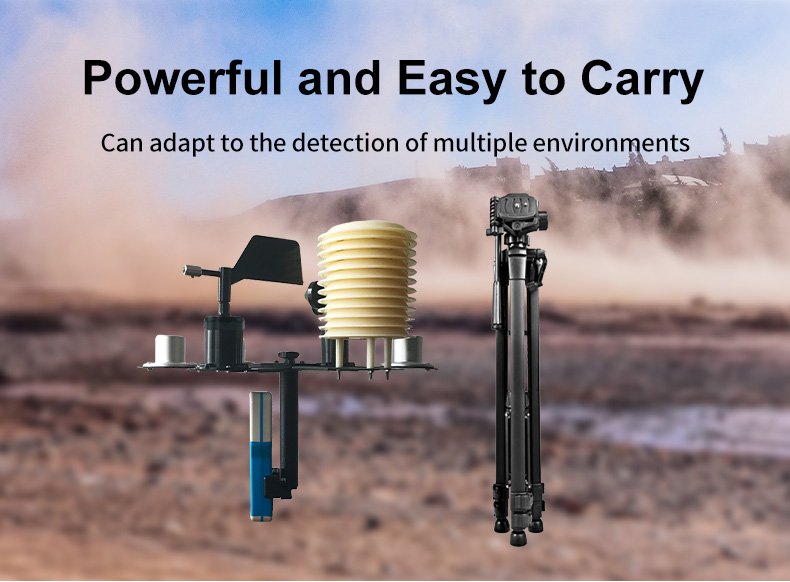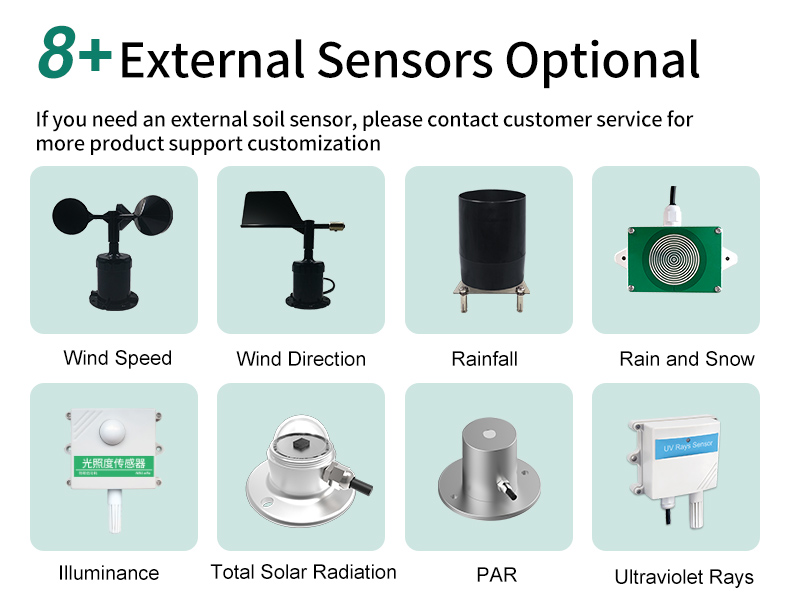Met Stations
Met stations have become an essential component of the global weather forecasting system. Accurate weather forecasts are crucial for many applications, ranging from daily planning to agriculture and transportation. In this article, we will explore how met stations can be used to optimize forecast accuracy and discuss some of the challenges faced in this process.
Role of Met stations

Met stations play a key role in weather forecasting by collecting and transmitting data on various weather parameters such as temperature, humidity, pressure, wind speed, and direction. These stations use various sensors and instruments to collect the data, which is then transmitted to weather forecasting agencies via wireless or satellite communication. The data is processed and analyzed using advanced numerical weather prediction models to generate accurate weather forecasts.
Optimizing Forecast Accuracy
What ways can weather stations optimize forecast accuracy ?

Increase in Station Coverage: In order to obtain accurate weather predictions for a specific region, it is essential to have a dense network of meteorological stations. A higher number of stations provides more data points for the weather forecasting models, resulting in more accurate predictions.
Use of Advanced Instruments: Met stations increasingly use advanced instruments such as doppler radar, microwave radiometers, and infrared sensors to collect accurate and reliable weather data. These instruments help in identifying the location, intensity, and movement of various weather phenomena, leading to more accurate forecasts.

Continuous Data Collection: Met stations collect weather data continuously, which allows for real-time monitoring and prediction of weather events. This ensures that timely and accurate weather warnings are issued to protect lives and property.
Data Processing and Analysis: Meteorological stations generate a huge amount of data, which needs to be processed and analyzed using advanced numerical weather prediction models. The use of these models allows for the prediction of weather patterns at different spatial and temporal resolutions, resulting in more accurate forecasts.
Challenges
Although meteorological stations have significant potential in optimizing forecast accuracy, there are several challenges involved, as follows:
Cost: Setting up and maintaining a network of met stations is an expensive proposition, requiring significant investment in equipment, infrastructure, and manpower.
Data Management: The volume of data generated by met stations can be huge, requiring powerful computing systems and advanced data processing algorithms for effective management and analysis.
Technical Complexity: Met stations involve various technologies and methodologies, making the system complex from a technical standpoint. This requires specialized knowledge and skills for maintenance and operation.
Weather Complexity: The weather is a highly complex system, with multiple interacting factors that make accurate forecasting a challenge.
Conclusion
In conclusion, met station play a crucial role in optimizing forecast accuracy for various weather parameters. However, to fully realize their potential, it is essential to address the challenges involved in setting up and maintaining such a system. With the advancement in technology and increasing investment in weather forecasting, we can expect more accurate and reliable weather predictions in the future.